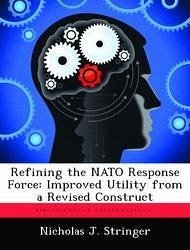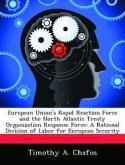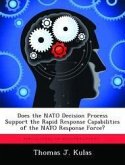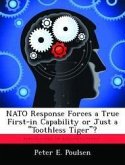The NATO Response Force (NRF) - designed to provide the Alliance with a high readiness, deployable, crisis response force on permanent standby, as well as to act as a catalyst for the "transformation" of Allied military capability - achieved full operational capability (FOC) at the 2006 Riga summit. Within a year of this declaration of FOC, however, NATO had conceded that the NRF needed to evolve. This paper considers how the Alliance should adjust the construct of the NRF to provide a more useful tool. The paper asserts that, in its current form, the NRF is poorly supported by Allies; consequently, it both lacks genuine military utility and fails as a transformational tool. By temporarily lowering the force's level of ambition through the removal of the most demanding "initial entry force" mission, Allies will be better able to contribute sufficient capabilities to meet the NRF's (revised) statement of requirement. This restructured NRF would enjoy greater employable utility and thus improve the force's transformational potential. Further to improve force generation for the NRF, the Alliance should investigate a careful and limited extension of common funding.
Hinweis: Dieser Artikel kann nur an eine deutsche Lieferadresse ausgeliefert werden.
Hinweis: Dieser Artikel kann nur an eine deutsche Lieferadresse ausgeliefert werden.








